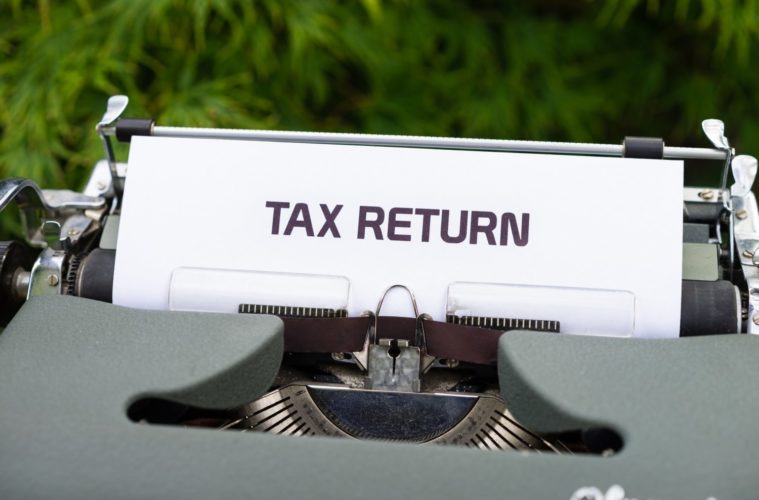As the pandemic trudges onward, California’s cannabis industry continues to provide big money for the state coffers according to the latest 2020 3rd quarter receipts.
The California Department of Tax and Fee Administration (CDTFA) reported revenue numbers for the state’s newest essential industry last week. CDTFA noted as of November 16, 2020, the state’s cannabis excise tax generated $159.8 million in revenue according to the returns that were due earlier in the month. The cultivation tax generated $41 million.
The excise tax is collected on all cannabis and cannabis products at a rate of 15 percent of the average market price when purchased at retail. The cultivation tax is based on weight. The rate for dry buds is $9.65 per ounce, $2.87 per ounce for leaf material, and biomass whole plant material is taxed at a rate of $1.35 per ounce. Distributors collect that tax from the cultivators when they purchase the weed.
While all the taxes end up coming out of the consumer’s pocket in some shape or form, sales taxes are the most direct link between dispensary customers and funding to be distributed in Sacramento. Last quarter those sales taxes contributed an additional $105.9 million.
With all of those taxes combined, the total revenue for the quarter at $306.7 million. That number does not include any taxes levied at the local level.
This is a solid jump from the 2nd quarter where the CDTFA adjusted the number to $260.2 million when announcing the 3rd quarter numbers. The $46.5 in additional revenue works out to a just under 18 percent growth from the previous quarter.
The state now looks poised to break $2 billion in total legal cannabis revenue when the numbers from this quarter hit in a few months. With the most recent $306.7 million, total legal pot revenue since New Year’s Day 2018 is at $1.81 billion. That number breaks down to $906.4 million in cannabis excise tax, $223.3 million in cultivation tax, and $682.9 million in sales tax.
So presuming that sales don’t drop by over a third, it feels like we should be hearing about that $2 billion mark soon. The announcement could even come earlier than this quarter’s numbers as soon as CDTFA is able to confirm total revenue from the legal industry. While the forthcoming milestone is certainly an exciting one. It’s important to reflect on just how massive the growth rate is that the cannabis industry has maintained through the pandemic.
CDTFA announced the fiscal 3rd quarter revenue for 2019 took in 163.5 million for 3rd quarter returns last December. That’s only $4 million dollars more than just the excise tax has now taken in a year later. The total jump in revenue from last year is just over $143 million, that number represents an 87 percent jump from last year.
It’s weird to compare holiday seasons when you’re talking about a new industry like cannabis. Everything seems so different every 12 months as the industry turns into its evolved final form. So using the holidays as a benchmark like we would other products and sectors is still a bit sketchy. But what’s for sure is every holiday season has been more popular than the last when it comes to legal marijuana.
What will look like a massive jump in an annual sense may not be as noticeable in a quarter-to-quarter view. For example, sure the 2019 holiday season was the biggest yet, but it was less than $10 million dollars more in revenue than the quarter that preceded it. The revenue jump we saw in the most recent two quarters was nearly five times the holiday season 2019 bump.
The revenue from cannabis looks to play an even bigger role than expected in the state’s finances this year. But regardless, with so many tax-paying businesses closing their doors forever it can only scratch the surface of the lost earnings.
As reported by NPR as part of their nationwide analysis of how COVID is impacting state budgets, California is being hit harder than most states. In the earliest days of the pandemic from March to May, total revenue was down 42 percent compared to the same time period in 2019.
“In January, California was projecting a $5.6 billion surplus, but the pandemic quickly transformed that into a $54 billion deficit,” the report noted.
While all this was happening, the cannabis numbers continued to climb. So while it certainly won’t be enough to be our saving grace, you could have tossed on another billion to that 2020 deficit number if not for cannabis.
Expect these numbers to climb in the years to come as the industry is able to tap into a wider customer base. Most of the state’s municipalities still block any kind of cannabis business, but as seen with the election, the tide is starting to turn. Why is it new revenue? The state’s underground cannabis economy still far exceeds the value of the legal one, any customers getting pulled from there to the forthcoming wave of shops won’t be getting pulled from competitors that didn’t even exist in town.
Advertising disclosure: We may receive compensation for some of the links in our stories. Thank you for supporting LA Weekly and our advertisers.

